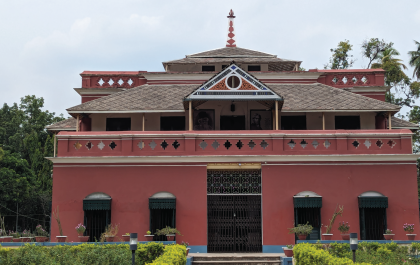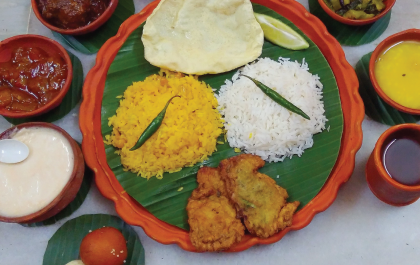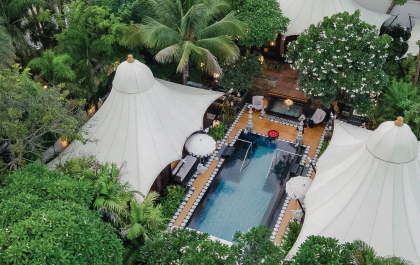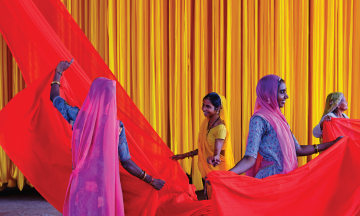6 spots to visit in Dinajpur
By Ashik Uz Zaman
Dinajpur is a district from Northern part of Bangladesh, and an underrated tourist destination, despite its many charming qualities. This district produces some of the best lychees in the country, as well as high quality mangoes, and is known for its rice and wheat yield. With three major rivers – Dhepa, Attrai, and Punornova – flowing through it, there are many riverine scenes to enjoy. For the historically minded, there are a number of archaeological sites to take in. Here are six worth visiting.
Kantajew Temple
Kantajir. Kantajew. Kantanagar. Navratna Temple. This iconic structure goes by many names, but is an instantly recognizable landmark. Built in the 18th century, the temple is located in Kantanagar village on the banks of the Dhepa river, about a mile west of the Dinajpur-Tetanlia road.
According to the inscription on Kantajir temple, Maharaja Zamindar Prannath Roy started constructing the temple. Later, after the death of Prannath Roy in 1722, his son Maharaja Ramnath Roy completed the construction in 1752.
Originally, the Temple of Kantajir was 70 feet high, but after sustaining damage in the 1897 earthquake, it currently stands 50 feet high. The square temple has about 15,000 terracotta tiles or terracotta plaques on the outer walls, inscribed with Mahabharata, Ramayana, and various mythological stories. Many grooved arches can be seen at all entrances on the first floor, and the structure has many ornamental pillars and doors.
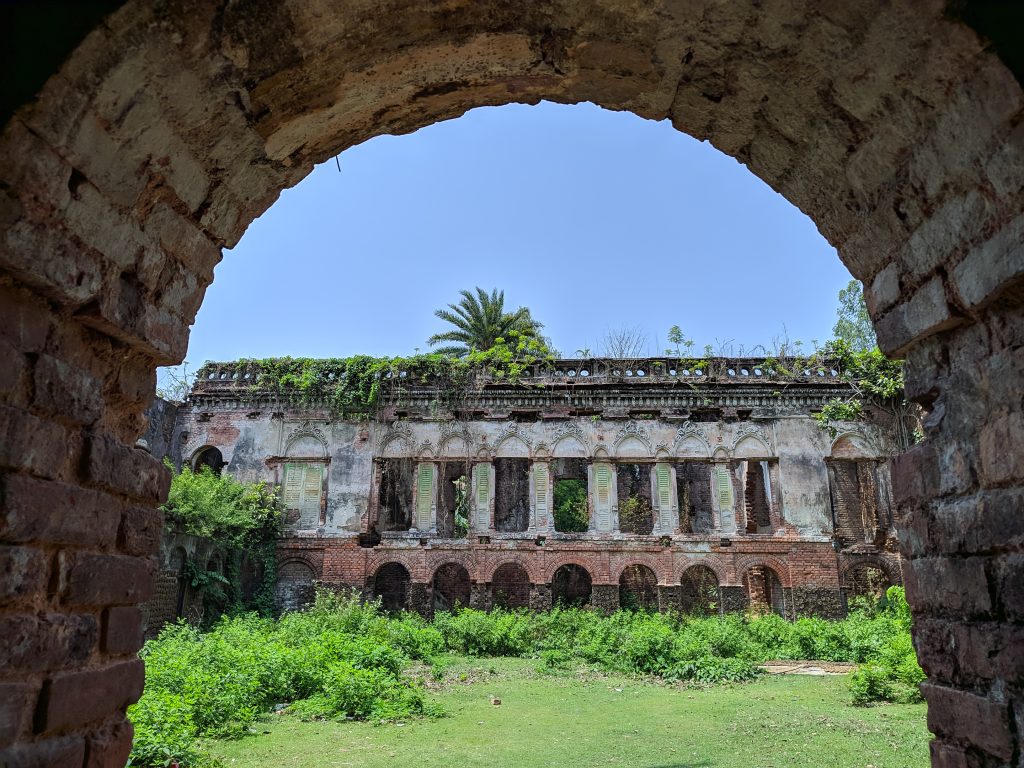
Dinajpur Rajbari
Dinajpur Rajbari, very close to Dinajpur city, has been considered a symbol of the history and wealth of the district, although the fame has diminished somewhat since the abolition of the zamindari system in 1951. Jagdish Nath, the last zamindar of Dinajpur Rajbari, died in Kolkata in 1962. At present, this palace survives as a witness to time.
Various structures of Dinajpur Rajbari include Kumar Mahal, Ayana Mahal, Rani Mahal, Laxmi Ghar, Atchala Ghar, Thakur Ghar, Kalia Jiu Temple, Attur Ghar, Rani Pukur, Champa Tala Dighi, etc.
Apart from this, various historical artifacts used by the royal dynasty from this zamindar house have been preserved in Dhaka and the Dinajpur Museum.
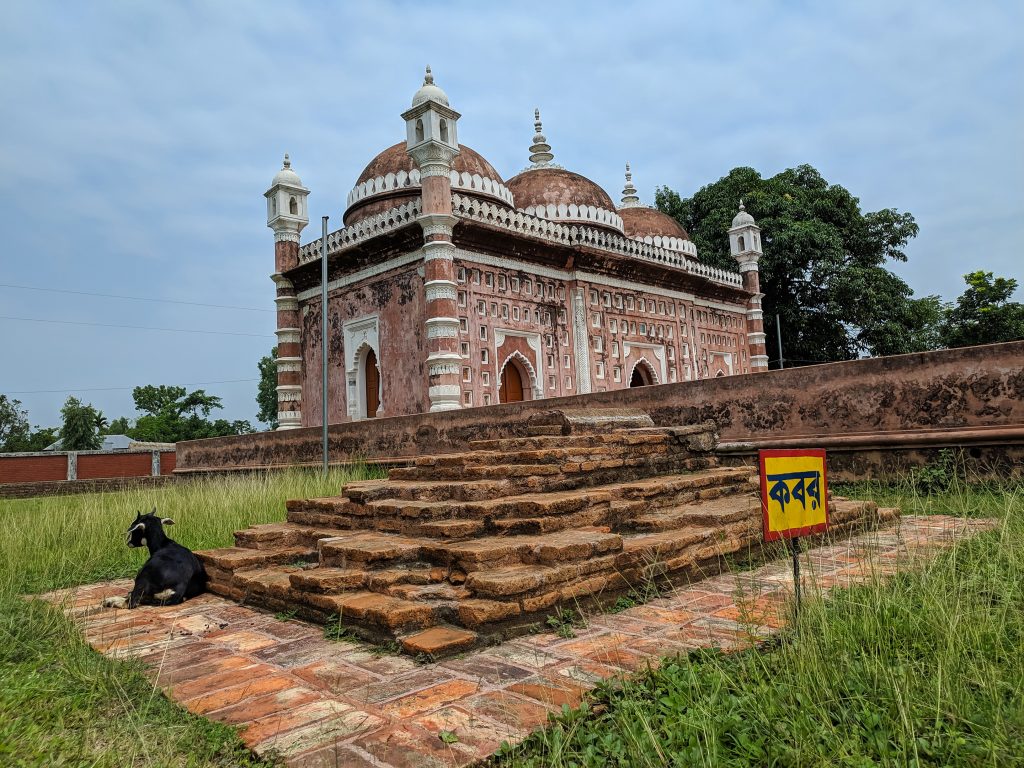
Nayabad Mosque
Nayabad Mosque is another archaeological gem from Dinajpur district. This old mosque is a contemporary to the Kantajew temple. It is believed that the workers of the temple were Muslim, and they built this mosque for their own prayers. It is approximately a half an hour walking distance from the temple. That’s why you must not miss this attraction while you are visiting the temple.
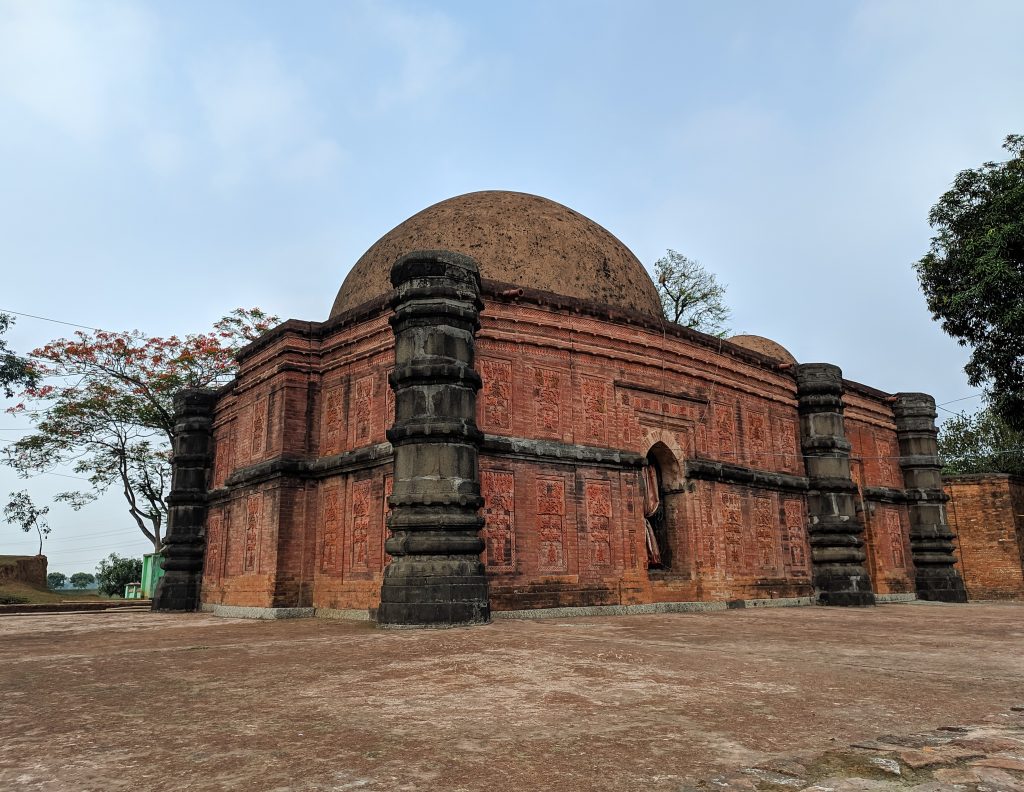
Sura Mosque
The Sura Mosque stands in the village ChorGasa under Ghorahat upazila in Dinajpur district. The Sura Mosque dates back to the early sixteenth century in the light of its close links with dated monuments of that time.
The Sura Mosque is a single-domed square mosque with a verandah in front. It was built on a high terrace, which is to be approached by a flight of steps from the east side. The open terrace on all four sides of the mosque was secluded by massive surrounding walls, which are now at the level of the plinth. But from the height of the eastern gateway, it may be hypothesized that the surrounding walls were also raised to a considerable height in order to protect the mosque from outside noise and tumult. Such a device is not seen in any other mosque of Bengal.
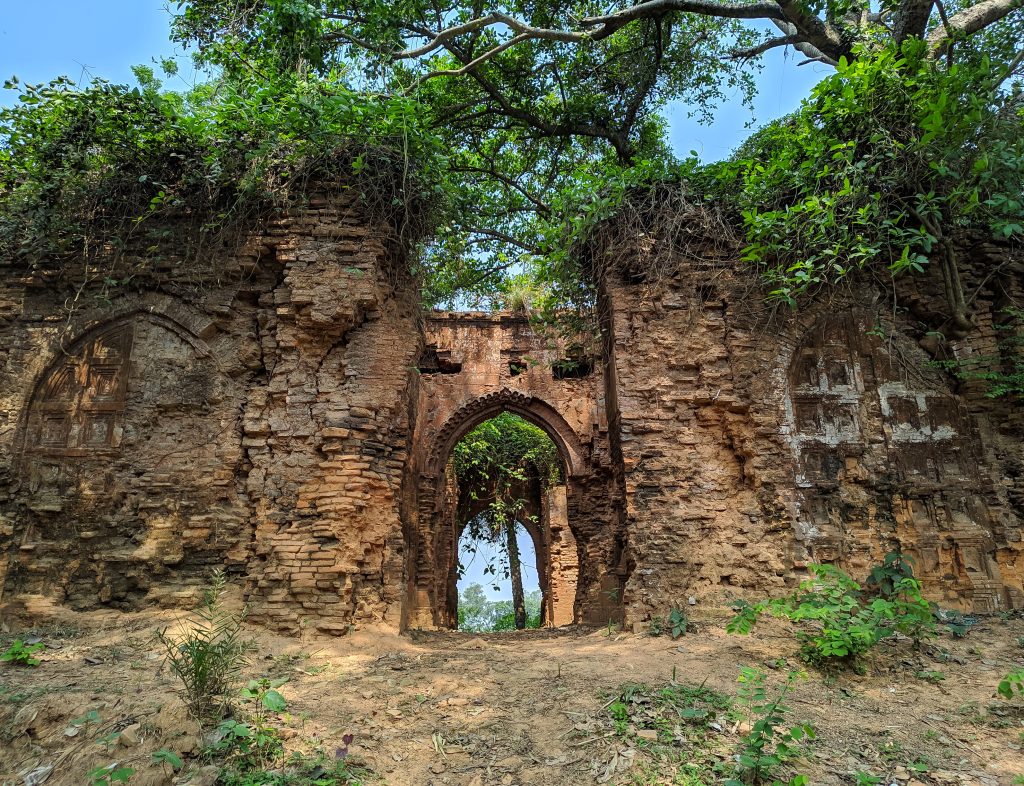
Ramsagar Temple
The Ramsagar Old Temple was commissioned by Raja Ram Nath. There is a prevailing myth that says the kind king was instructed in his dream by a deity to excavate a water tank and the temple. So he did, and built a Jagannath Temple on the southwestern corner of the tank.
The Old Temple is an enormous structure and architecturally beautiful. Though the remains of the temple have fallen into ruins due to neglect, whatever is left is still pleasing to the eye, especially the archway that would suit a palace. Most of the chambers can’t be identified now anymore, but it is likely that the temple had multiple chambers for idols. You can still access the roof, as some stairs are accessible. Much of the building has been taken over by the forest.
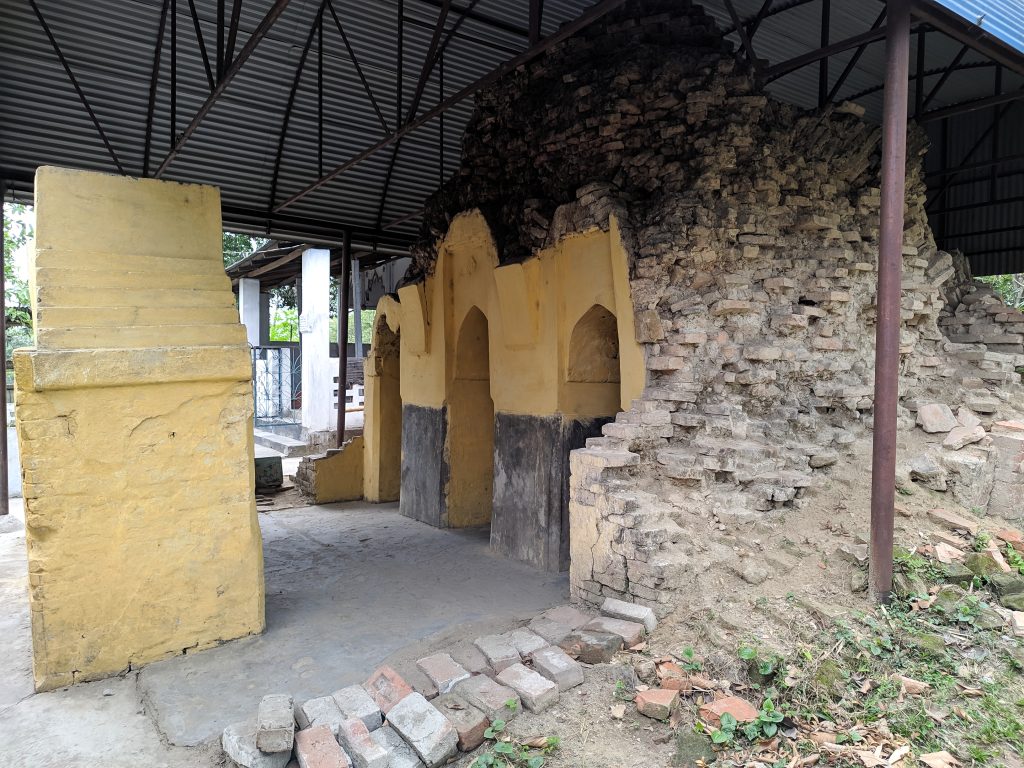
Chehelgazi Shrine and Mosque
Chehelgazi Shrine is located in Dinajpur district. The size of the shrine is 25.15 m. It is about 650 years old. There are many stories about Chehelgazi Shrine. Chehel is a Persian word, meaning “forty.” There are many differences of opinion about Chehelgazi Shrine. Some think its name is Chehelgazi because it is 40 yards long. Again, according to local people, 40 gazis (religious warriors) are buried here together.
There is a railing attached around the grave under the roof. Adjacent to the shrine are ancient tombs, one on the east and three on the south. At its southwest corner is the Chehelgazi Mosque. Another new mosque has been built to the south of this mosque. There is also an ancient pond in the northwest corner. There is another smaller ancient pond on the east side. And on the west side of the shrine is Shalbon. One of the three inscriptions dating to the mosque is preserved in the Dinajpur Museum.
How to go to Dinajpur
There are two train services available between Dhaka and Dinajpur district. One is the Ekota express, and the other one is the Drutojan express. The buses for Dinajpur leave from the Kalyanpur bus terminal of Dhaka. Nabil, Hanif are a few names from many possible bus operators. It takes around 10 hours overnight to go there. The distance between Dhaka and Dinajpur is approximately 350 km. The buses leave the terminal on time but one must factor in traffic conditions.
Where to stay in Dinajpur
During your visit, it would be wise if you stay in Dinajpur town as other parts of the district are not sufficient for a tourist’s need. There are quite a few options available for overnight stays. MWB recommends the Parjatan Hotel.
.






